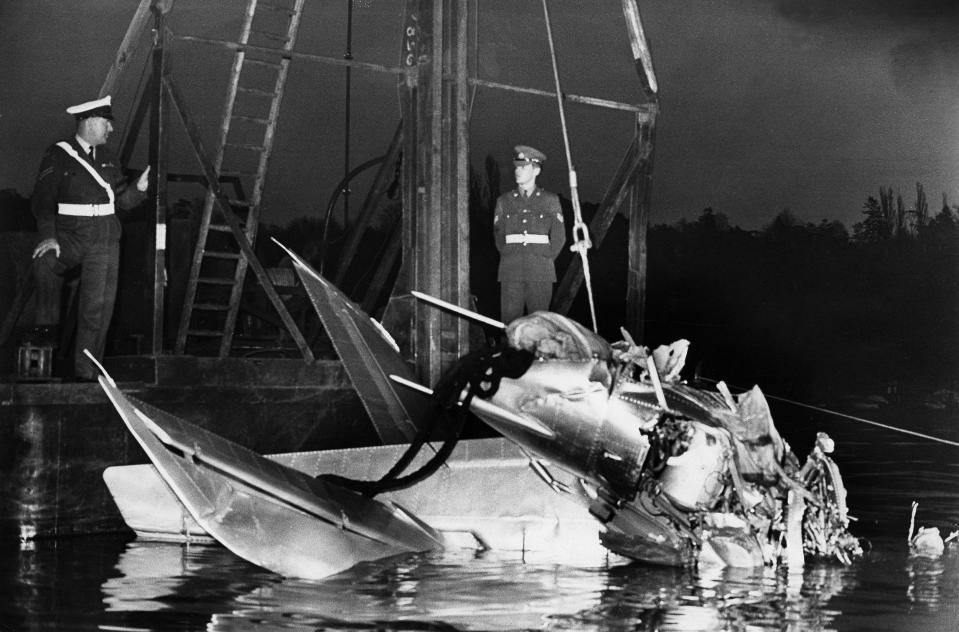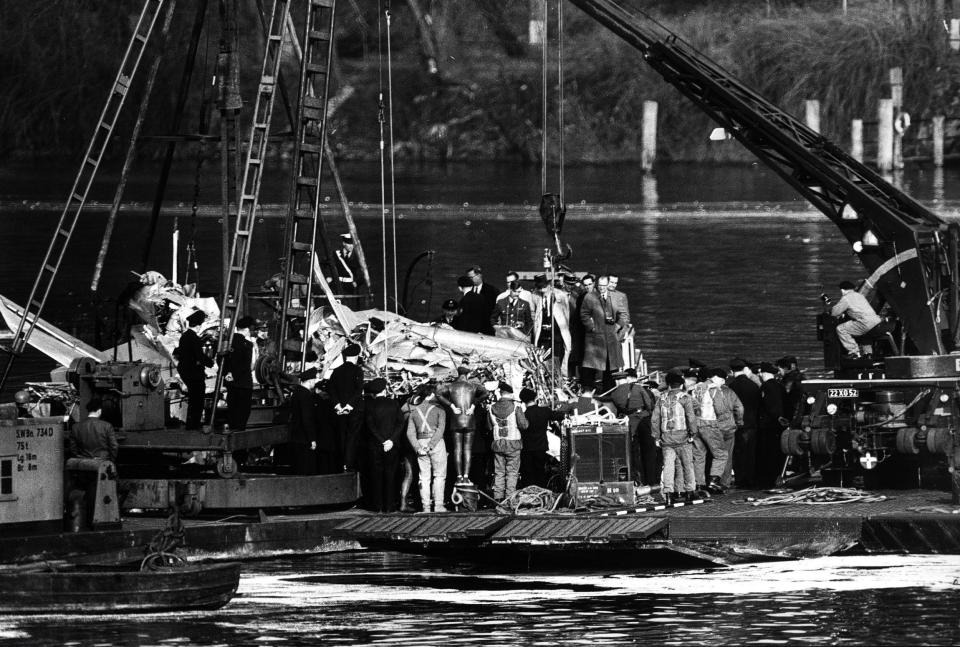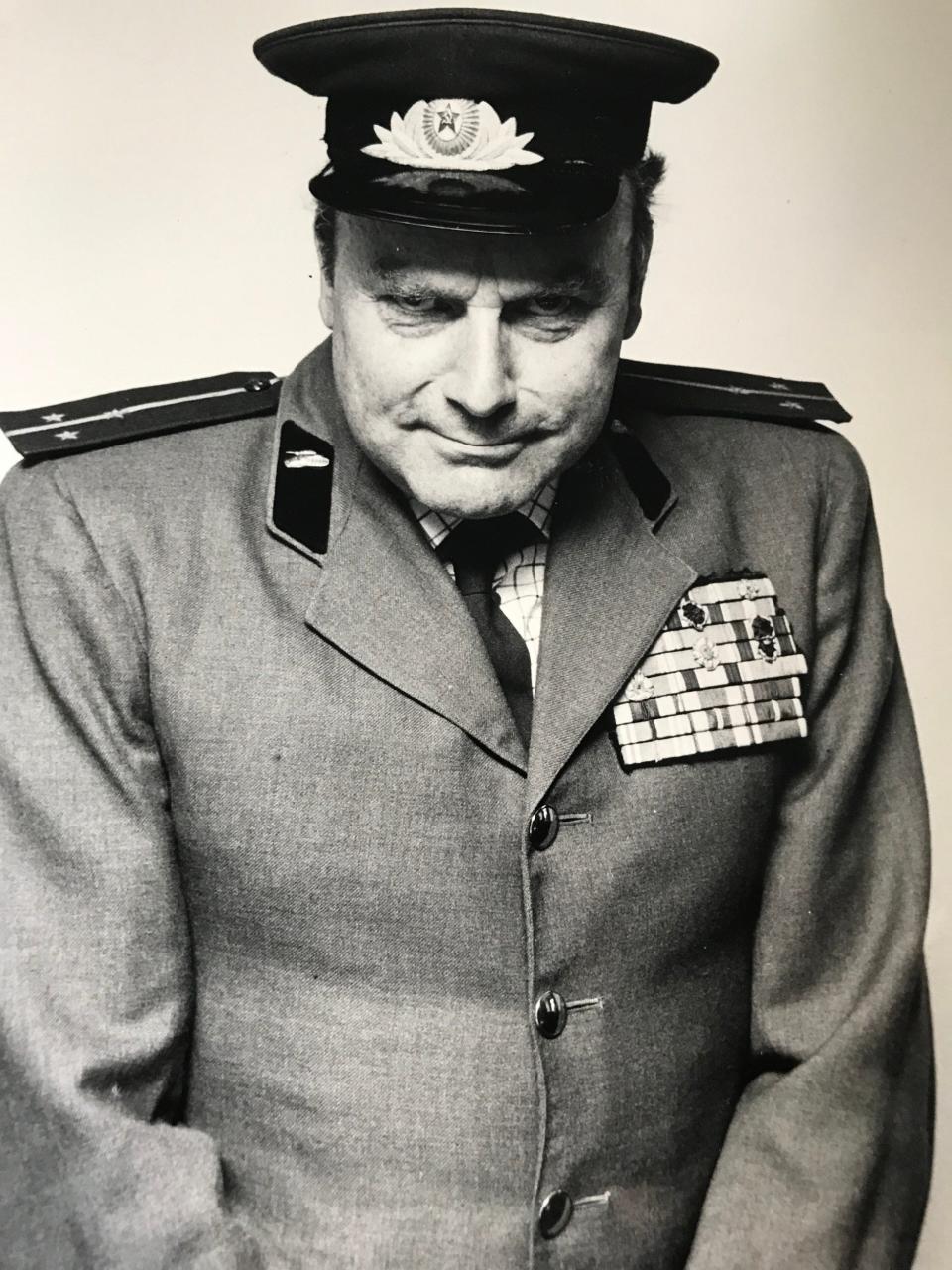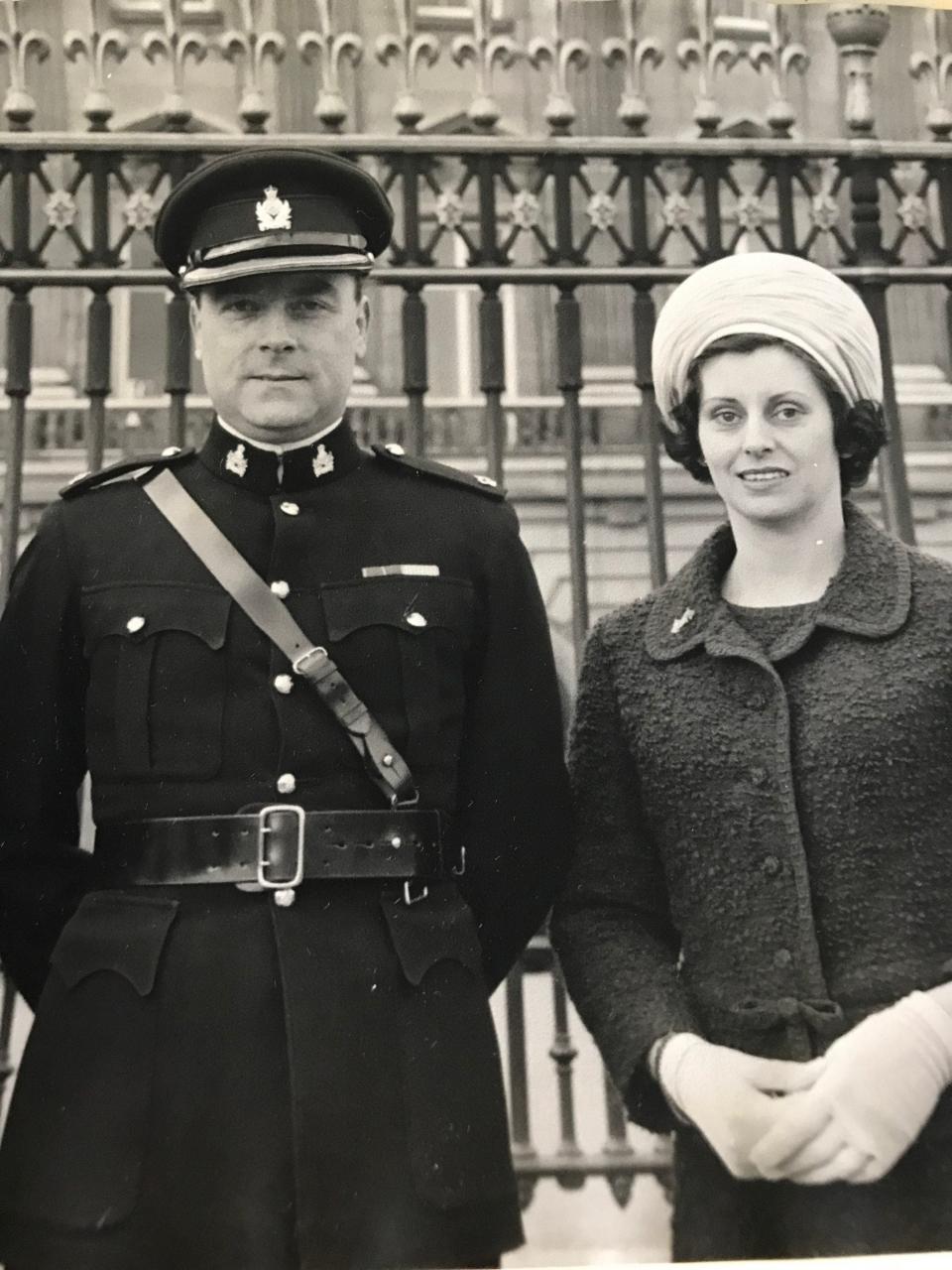Lt-Col Angus Southwood, officer involved in a covert Cold War reconnaissance operation – obituary

Lieutenant-Colonel Angus Southwood, who has died aged 92, played a notable part in one of the most remarkable espionage coups of the Cold War.
Based at Potsdam, East Germany, Southwood served with the British Commanders’-in-Chief Mission to the Soviet Forces in Germany (Brixmis) from 1965 to 1967. The compact whereby the British and Soviet commanders-in-chief exchanged military liaison missions remained in force from 1946 until the reunification of Germany in 1990. There were similar arrangements for American and French forces.
Brixmis was not originally intended to become involved in covert reconnaissance but it developed into an arm of British Intelligence, with a specialist map-making team, electronic, signals and photographic experts and light aircraft with dedicated RAF pilots. Differing interpretation of the rules led to disputes and some sharp clashes.
On the afternoon of April 6 1966, the Soviet Air Forces’ new long-range interceptor, the Yak-28P Nato code-named Firebar, suffered an engine failure and crash-landed into Lake Havel which straddled the British and Russian sectors of Berlin. The two-man crew was killed.

Military police cordoned off the site but the Soviets reacted swiftly and a bus load of armed troops was soon on the bank of the lake. Southwood, a fluent Russian speaker, was given a letter from the General Officer Commanding the British Garrison in Berlin, Major General Sir John Nelson, to take to Vladimir Bulanov, a major general in the Soviet Airforce.
Southwood translated the letter for Bulanov. It instructed him to leave with his troops within the hour. Infuriated, Bulanov told Southwood to go back to the GOC and ask him if he was threatening the Soviet Union.
Nelson, who had commanded the 3rd Bn Grenadier Guards in the Second World War and been awarded a DSO and an MC, did not mince his words. “Tell Bulanov,” he said, “to f--- off out of the British sector.”
The troops were withdrawn but Bulanov was allowed to stay and to keep a small observation party. He was also given the assurance that the aircraft and the bodies of the aircrew would be recovered and returned to the Soviets.
As soon as it was dark, Squadron Leader Maurice Taylor, the RAF Operations Officer, equipped with a camera and a flash, took a dinghy and rowed out to where the tail of the aircraft was protruding from the water. The photographs that he took were sent to Whitehall and analysts confirmed that this was an aircraft that the MoD needed to know a great deal more about.
The stage was set for a operation to stall the Soviets for long enough to retrieve the engines and the cockpit radar, examine them and return them to the wreckage, without the subterfuge being discovered and leading to a dangerous escalation of tension.

The Soviets were told that the engines were buried deep in the mud. Divers went down at night. The engines, together with the radar and avionics, were lifted out of the wreckage, floated on a raft to a point near Gatow Airport and flown to the Royal Aircraft Establishment, Farnborough, for examination.
Bulanov, who remained with the observation party, made repeated protests that he was not allowed on to the recovery raft. On one occasion he tried to bluff his way through the cordon but backed off when challenged by two soldiers from the Inniskillings who left him in no doubt that they were ready to shoot him if he did not stop.
During what was a deliberately protracted salvage operation, Southwood was given the task of entertaining Bulanov as well as coming up with a series of plausible technical excuses for the delay. At last, on April 13, under cover of darkness, the engines were returned to the aircraft’s main wreckage and handed over.
Bulanov noticed that some of the tips of the rotor blades of the engines had been sawn off. He just shrugged his shoulders, Southwood said afterwards. He realised that he had lost the game.

Angus Howard Southwood was born at Taunton, Somerset, on September 4 1929. His father had left school aged 12 having, he confessed, played truant for seven years. He became an estate agent and mayor of Taunton.
Young Angus was educated at nearby Wellington School before being called up for National Service. He did his basic training, driving tanks at Catterick Camp, and went on to RMA Sandhurst.
He served as a troop leader with the 5th Royal Tank Regiment in Germany and, subsequently, in Korea shortly after the end of the conflict. He then took a two-year Russian language course at the School of Slavonic and East European Studies at London University before moving to Paris and staying with a family who spoke Russian.
He transferred to the Intelligence Corps and was posted to 1st Wireless Regiment, Royal Corps of Signals, on the German-Dutch border. He ran the Voice Intercept Section, a unit tasked with listening for 24 hours a day to radio traffic from the Soviet forces in East Germany. Tactical information was passed to HQ BAOR and other intelligence to GCHQ.
Three staff appointments on attachment to the Intelligence Corps followed; first at HQ 24th Infantry Brigade in Nairobi, Kenya, then at HQ 2nd Infantry Brigade, Plymouth, and lastly as adjutant at HQ Intelligence Corps in West Germany.
Southwood instructed at the School of Military Intelligence, Ashford, Kent from 1961 to 1963. He ran courses for unit instructors from all three services. Some of the exercises conducted with members of the special forces consisted in capturing “escapers”, taking them to an interrogation centre run on communist lines and subjecting them to rigorous interrogation. This included practices like hooding, sleep deprivation and time disorientation.
Three years with the Ministry of Defence was followed by his posting to Brixmis. Despite many areas being put out of bounds and increased shadowing and harassment from the East German Police, he succeeded in covering a wide range of targets, many of them extremely difficult to approach.

His resourcefulness and outstanding leadership resulted in an unabated flow of high-quality intelligence and he was appointed MBE at the end of a most exacting tour. He subsequently held various appointments with the Intelligence Corps in Britain and Germany before retiring from the Army in 1979. He ran courses teaching resistance to interrogation before finally retiring in 1993.
He was a cheerful, good-humoured man, and his career choices were invariably based on whether the posting was likely to satisfy his appetite for risk-taking and adventure. Sometimes this came at the cost of less rapid promotion but he considered that a price well worth paying.
Angus Southwood married, in 1957, Maureen Ford. She predeceased him and he is survived by their two sons and two daughters.
Angus Southwood, born September 4 1929, died June 22 2022

 Yahoo Movies
Yahoo Movies 
